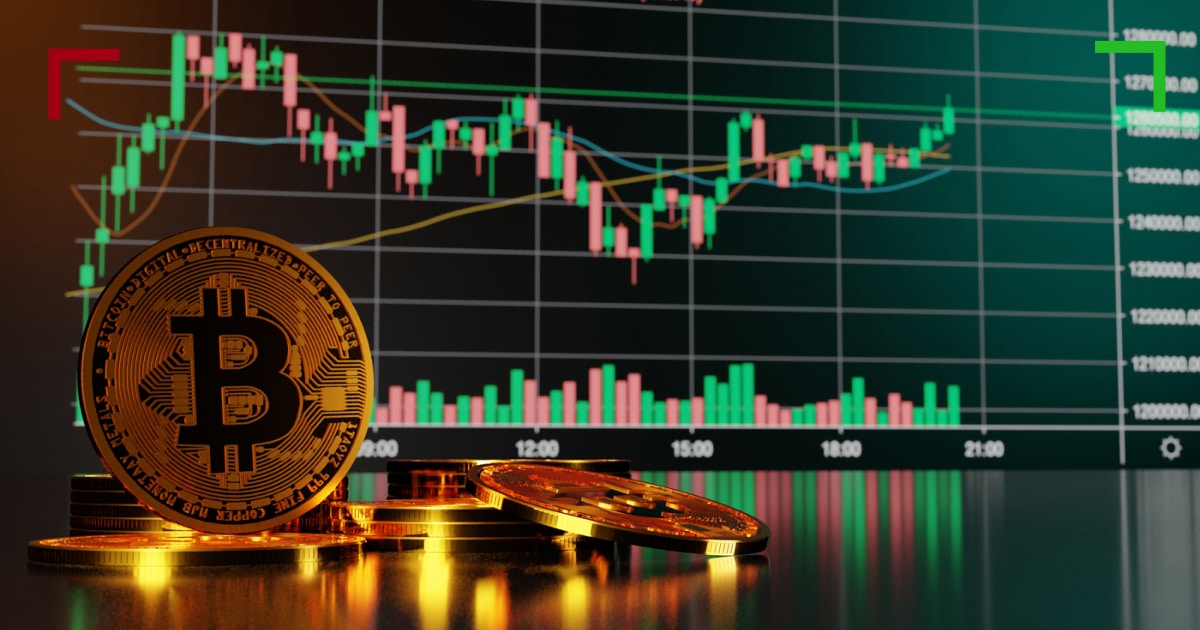
Trading Margin Crypto: An In-Depth Guide
In the fast-evolving world of cryptocurrencies, one of the most exciting yet complex aspects is margin trading. For many investors, Trading Margin Crypto visit website learning how to navigate margin trading can be a game-changer, providing opportunities for higher returns. However, with greater potential rewards come greater risks. This article aims to delve deep into the nuances of trading margin crypto, covering essential strategies, inherent risks, and practical tips to aid both novice and seasoned traders alike.
What is Margin Trading?
Margin trading allows traders to borrow funds to trade more than their account balance, significantly increasing their buying power. In the context of cryptocurrencies, margin trading enables individuals to speculate on the price movements of digital assets without needing to own the underlying asset outright. For instance, a trader with $1,000 can open a position worth $5,000 by borrowing $4,000 from the exchange, which is often called “leverage.”
How Leverage Works in Crypto Trading
Leverage is expressed as a ratio, such as 2:1, 5:1, or even 100:1, indicating how much the trader can borrow relative to their own capital. A higher leverage ratio can amplify both gains and losses. For example, if a trader uses 10:1 leverage and the asset price increases by 10%, the trader will see a 100% return on their initial investment. Conversely, if the asset price drops by 10%, the trader could lose their entire investment.
Choosing the Right Margin Exchange
When exploring margin trading crypto, selecting a reputable exchange is paramount. Factors to consider include:
- Security: Ensure the exchange has robust security measures in place to protect users’ funds.
- Fees: Assess trading fees, margin interest rates, and withdrawal fees that may apply.
- Leverage Limits: Different exchanges offer varying levels of leverage; choose one that suits your trading style.
- User Experience: A user-friendly interface can significantly enhance your trading experience, especially for newcomers.
Strategies for Successful Margin Trading
While margin trading can be lucrative, it requires a well-thought-out strategy. Here are some effective strategies you can implement:

1. Risk Management
Adopting a risk management strategy is crucial in margin trading. This involves setting stop-loss orders and taking profits at predetermined levels. A common rule is to risk only a small percentage (usually 1-2%) of your account balance on a single trade, which helps protect against significant losses.
2. Short Selling
Margin trading allows you to profit from falling markets through short selling. By borrowing assets and selling them, you can buy them back at a lower price, pocketing the difference. However, short selling carries considerable risk, as potential losses can be unlimited if the market moves against you.
3. Diversification
Spreading your investments across multiple cryptocurrencies can mitigate risks associated with margin trading. Diversification helps buffer against volatility in any single asset, making your portfolio less susceptible to severe price fluctuations.
4. Keeping Up with Market Trends
In-depth knowledge of market trends and news can be invaluable for margin traders. Follow relevant news, subscribe to market analysis, and keep an eye on technical indicators to make informed trading decisions. Market sentiment can quickly shift, so staying informed can give you an edge.
The Risks of Margin Trading in Crypto
Despite the allure of margin trading, it is crucial to understand the risks involved. Common risks include:
- Margin Calls: If the value of your collateral falls below a certain limit, the exchange may require you to deposit additional funds. Failure to do so can result in the liquidation of your position.
- High Volatility: Cryptocurrency markets are notoriously volatile, leading to rapid price swings that can trigger unexpected losses.
- Emotional Trading: The high stakes of margin trading can lead to emotional decision-making. It’s essential to stick to your trading plan and avoid impulsive trades driven by fear or greed.
Conclusion: Is Margin Trading Right for You?
Trading margin in crypto can amplify profits but also exposes traders to significant risks. It is imperative to conduct thorough research, develop a solid trading plan, and implement stringent risk management strategies before engaging in margin trading. Ultimately, whether margin trading is suitable for you depends on your risk tolerance, trading experience, and investment goals. By understanding the dynamics of margin trading and making informed decisions, you can navigate the exciting world of cryptocurrency trading more effectively.



